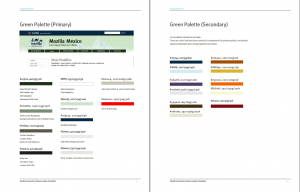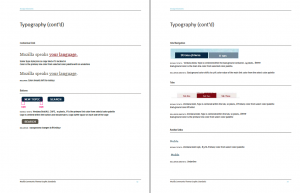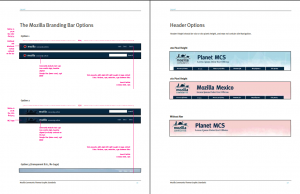Today I had a pleasure to give a talk at eLiberatica 09.
It was one of the most complex and most challenging talks I ever had to give. It was about the Mozilla. It was about who we are, and how we try to describe ourselves. About how we think of ourselves and the challenges we face.
The rationale for doing such talk is to do what we have to – to over-communicate. To manifest ourselves and explain ourselves to people who care about the web. To rephrase some questions that people pose – about the goals, about how to measure a success, about how to make sure we stay meaningful while staying true to our mission.
Explaining Mozilla and explaining the kind of semantic space in which we brainstorm these days is an extremely complex goal. It’s harder than speaking about new experiments and features that we work on. It’s even slightly against what people want to hear about. But I believe it’s vitally important. We have to express ourselves and explain ourselves and I decided to give it a try at eLiberatica.
Bonus points goes for the fact that I wasn’t speaking in my native language, and also the audience listen to such a complex talk in a foreign language.
Despite all of that, I believe it went well. I feel thankful that people bared with me through all those topics, and I hope the deck may be useful for other speakers willing to mix and mesh it 🙂
I definitely recommend a keynote version for the best experience, but pdf dump provided for those who don’t use keynote:
- Entry at library.mozilla.org





